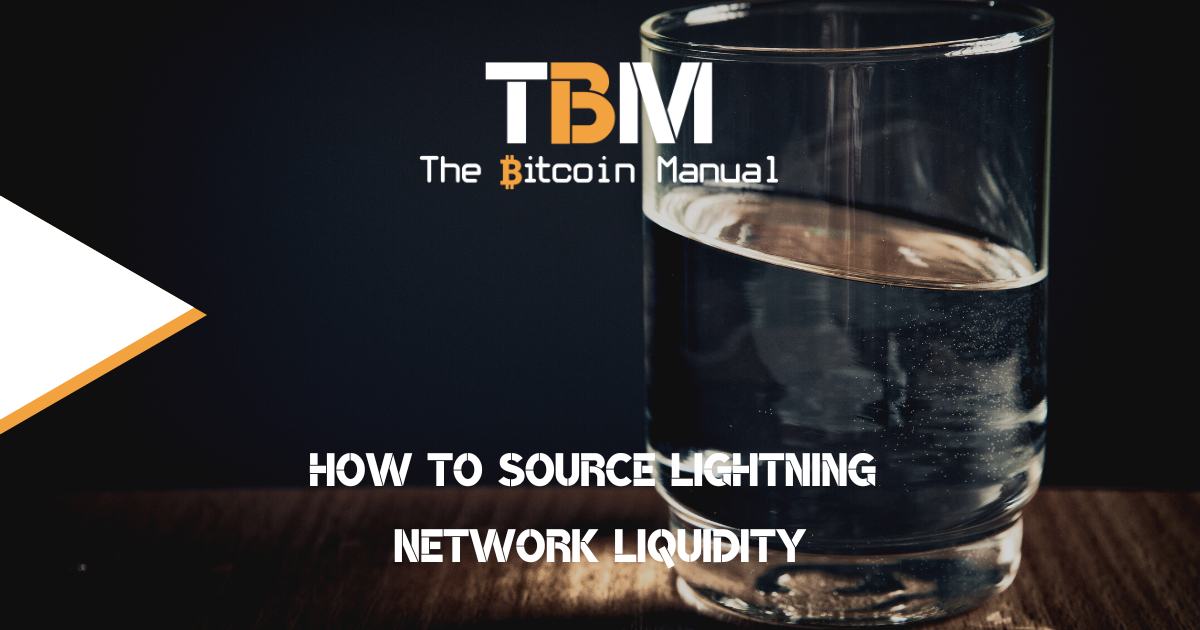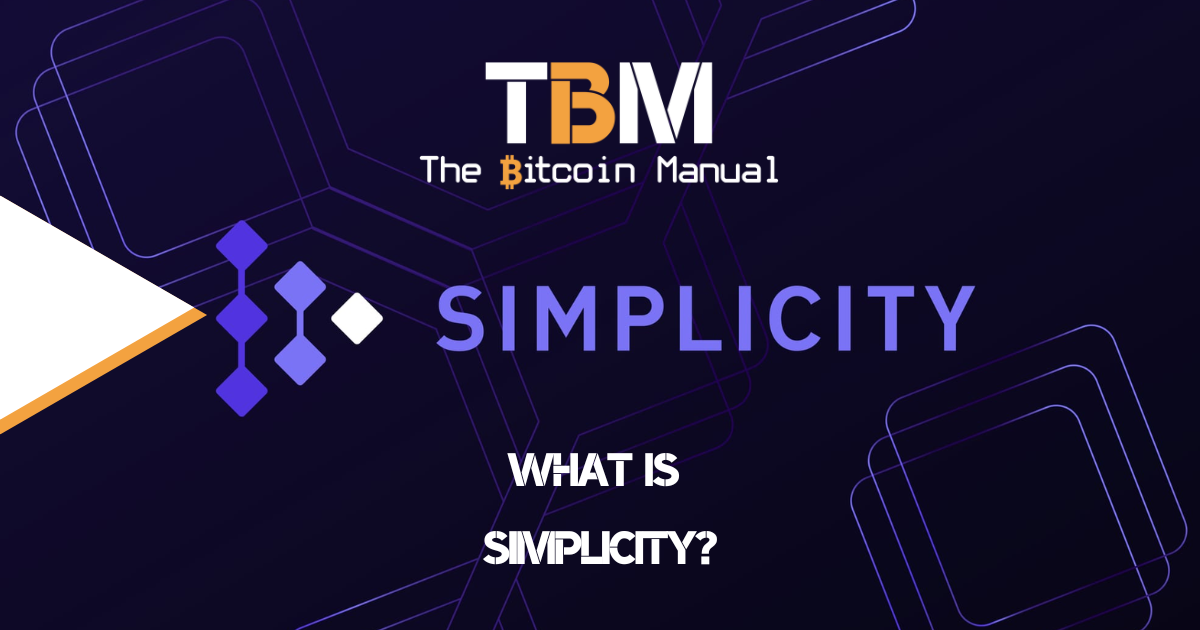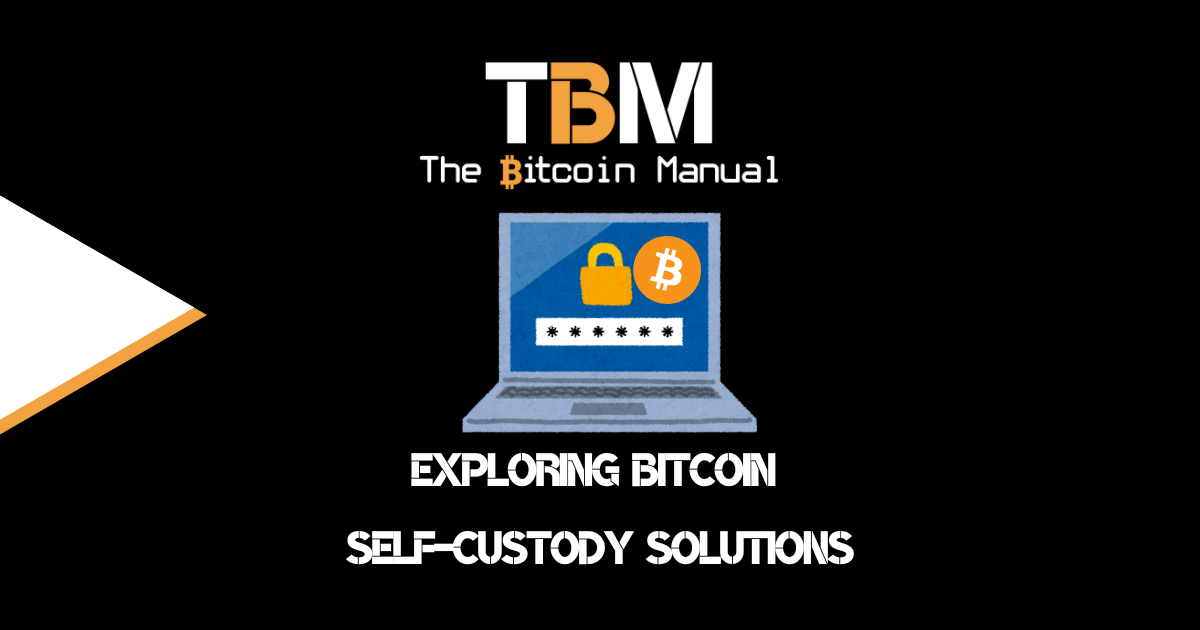The Lightning Network is currently the most widely talked about and used second-layer solution for the bitcoin network. It offers the fastest settlement and cheapest fees, making microtransactions possible and with more people flocking to it, we’ve seen the development of services, applications and protocol improvements continue. The Lightning Network now holds thousands of bitcoin and routes millions of payments per month, but it isn’t without its shortcomings.
When you use an on-chain wallet in a non-custodial manner, all you need is your node and wallet, this could be as simple as running software on your laptop which doubles as both your node and your wallet interface, or it can be something more elaborate with dedicated devices for your node and signing device.
Regardless of your on-chain setup, to send and receive a transaction remains the same; sending requires compiling a transaction and signing it with your private key and receiving funds requires you to generate a public key from your private key and hand it over to whoever needs to pay you. Apart from your key management, there isn’t a lot of maintenance involved in using an on-chain wallet, but once you move to second layers like Lightning and wish to remain non-custodial, it starts to get tricky.
Lightning and the allure of liquidity
When creating a Lightning node, you have to have a set of hotkeys. This node is constantly connected to the internet to update balances. You need bitcoin locked into the network, you need to establish channels, and finally, you need to manage liquidity constantly.
When you first set up your Lightning node, you’ll be greeted with the problem of liquidity as the welcome mat. It is not possible to receive any funds over the Lightning Network without first having secured receiving liquidity from someone else’s node. This is an unavoidable limitation of using the Lightning Network on your own and is pretty annoying.
Even if you solve the initial inbound capacity, the rebalancing of a channel will remain a constant thorn in your side and needs to be actively managed.
- If your payment channel doesn’t have enough “inbound capacity” (the minimum bitcoin needed to receive a routed transaction), then you won’t be able to receive payments.
- Likewise, if a payment channel lacks enough “outbound capacity,” it cannot send payments.
In addition to not processing payments, once your payment channels fail, no one will route through you, and you won’t be able to earn any fees.
As you can imagine, many Lightning users today don’t see the worth of going through all that effort only to send and receive a few satoshis at a time and tend to deal with custodial services like Wallet of Satoshi or Lightning Wallets using LND Hub.
While this solves the user experience issues, it doesn’t promote using LIghtning in a non-custodial manner, where users take control of their funds. The problem now encourages users to opt for custodial options, and only a few will choose sovereignty over convenience.
If you are an idealist committing to doing things yourself or refuse to trust and only verify, you’ll have to source liquidity from somewhere.
Informal liquidity markets
Like many things in bitcoin, the problem was solved informally in the early stages. Lightning node operators would flock to Telegram channels, Discords or Twitter to try and source handshake agreements for liquidity and help rebalance channels for the sake of the network.
Informal markets will always be part of the equation, but a network cannot rely on a few actors willing to offer a service out of the goodness of their hearts.
Additionally, matching supply and demand and using liquidity most efficiently becomes an issue. As more Lightning nodes come online, it only increases the complexity of the landscape, and the liquidity market needs to mature.
What are liquidity markets?
Out of the demand for bitcoin in Lightning, Liquidity marketplaces have popped up to try and help match buyers and sellers of different channel sizes. Liquidity marketplaces seek to improve communication about where liquidity is needed in the Lightning Network.
Markets allow pricing information to help participants with some extra bitcoin make the best decision about where their liquidity is needed (and get paid for it). This way, all participants know where liquidity is needed most and can provide an incentive to those who have spare liquidity available.
For a P2P marketplace to function, channels between participants need to have funds deposited in the channel that can be transacted back and forth.
It’s worth noting that you can rebalance your channels on your own, but this isn’t always the most economical use of your bitcoin, especially if you’re establishing new channels and broadcasting on-chain to do it. If you’re finding balancing your channels on your own to be a pain, then the better option might be to look at the current market rate for liquidity based on the size you need, and you could save a few satoshis and still have a healthy balanced channel.
Those on the hunt for liquidity can check out the following options and price compare for the most affordable solution for their situation.
Amboss
Magma is a liquidity marketplace for the bitcoin lightning network created by Lightning explorer Amboss. Users can buy or sell channels from other participants in the magma marketplace. Magma is intended to be simple for any lightning node operator without restrictions on implementing a certain type of Lightning Client (LND, CLN, Eclair, etc.).
Lightning network plus
If you have a Bitcoin Lightning Node and want to open channels with both outgoing and incoming capacity, you can also check out LIghtning Network Plus. It’s another marketplace that focuses on liquidity swaps where multiple users like you team up and open channels to each other. This setup results in a free incoming channel to you in return for opening one to someone else.
Lightning Pool
Lightning Pool connects users who need access to bitcoin liquidity to those who have the capital to deploy on the Lightning Network. Pool is for LND users and offers them a peer-to-peer marketplace that allows node operators that need inbound liquidity to pay other node operators with available capital to open channels in their direction while retaining full custody.
LnRouter
Ln Router is an insight tool that offers several services to help with better node management. Some of the services include the recommender engine, which proposes high-performing routing nodes that optimize your payment speed and graph position. Users can build a powerful node with recommendations tailor-made for your nodes’ connections, along with a Liquidity ad marketplace to source peers to connect with or sell your liquidity.
Thor channels
This service will let anyone get an empty Lightning channel opened to them from Bitrefill’s node on the Lightning network. A user can pay for, or gift, the ability to have a channel opened to a Lightning wallet, allowing them to receive payments over Lightning at any time.
Centralisation in liquidity
While these Liquidity options do make it easier for someone with no social connections to the Lightning network to source liquidity, there does remain a centralising factor of the network. These marketplaces rely on a central entity to help match orders, and in the case of Pool and Amboss, both charge a fee to participate in their auctions.
If all liquidity matching is aggregated through platforms, this can easily become a point of attack and throw off many Lightning channels should these services experience downtime. To give users of Lightning nodes more optionality, options like CLN’s Liquidity Ads and PeerSwap offer a decentralised alternative with their own trade-offs.
- Liquidity Ads utilises the Lightning Network’s gossip protocol to advertise public channels available to route payments. These ads are native to the Lightning network and allow nodes to publicly post advertisements that they are willing to sell, receiving liquidity.
- While PeerSwap enables Lightning Network nodes to balance their channels by facilitating atomic swaps with direct peers offering liquidity. PeerSwap aims to enhance the decentralisation of the Lightning Network by enabling all nodes to be their own swap provider.
Are you a bitcoin and lightning fan?
Have you been using Lightning to make micro-payments? Stream sats or engage with apps? Which app is your favourite? Do you run a Lightning node? How do you handle channel rebalancing? Have you tried all the forms of Lightning payments? Which one do you prefer?
Let us know in the comments down below.




